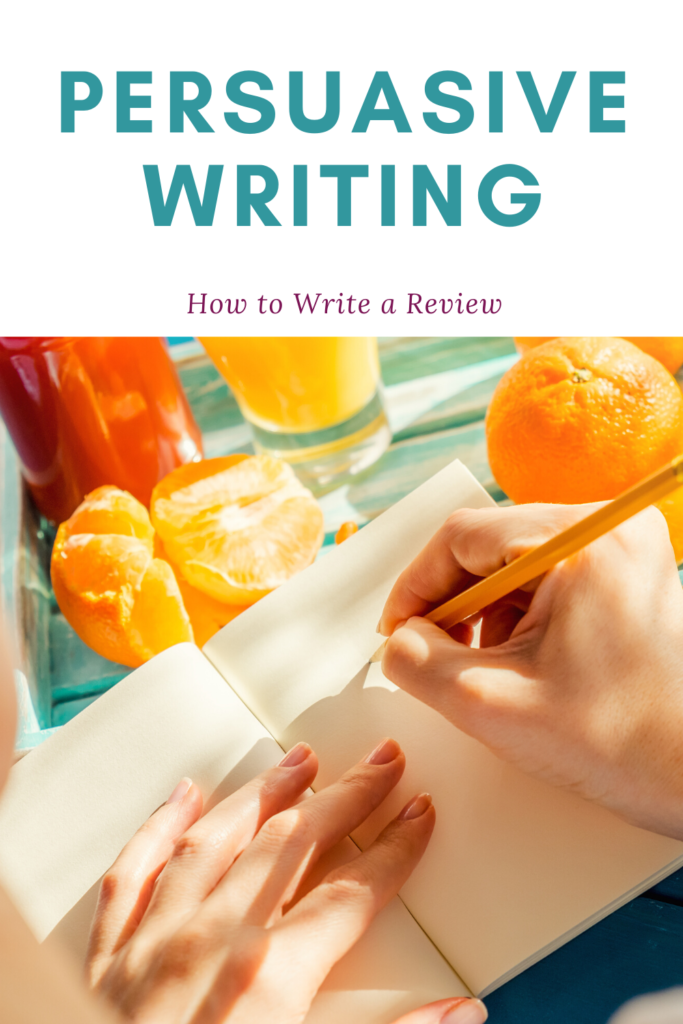#1 How to Teach Writing to Middle School and High School Students: Step 1—Structured Journals
This strategy helps students practice writing without the fear of failure.
Confession: I avoided teaching my kids to write for years because I was so overwhelmed with the process. Oh sure, I had a curriculum, more than one even, and every year I promised myself that this was the year we were going to write. Usually, though, we didn’t make it past lesson 3 because it was too confusing, time-consuming, daunting, difficult. You get the idea!
If this sounds familiar, then you may find that this episode gives you exactly what you need to break through the confusion and prioritize writing this year.
Because let’s be honest, teaching writing can be tricky—there are A LOT of moving parts. If you don’t have an easy-to-use plan, it’s hard to keep moving forward.
In this episode, you will learn
- a plan for writing so easy that you can start it today
- a strategy that will get your child in the habit of writing
- a way to help your child become a more confident writer
- a nearly effortless way to get you—the parent/teacher—in the habit of assigning and grading writing
If this sounds too good to be true, I can assure you I have seen the results first hand, with my own children and in English classes I’ve taught.
I won’t keep you in suspense any longer. The tool at the center of these great results is a structured journal. The “structured” part of that is very important as I explain in the episode, because journal-keeping without clear guidelines can be a big waste of time.
But I’ve got you covered with exact guidelines for assigning journals, plus all the prompts you need and instructions on how to grade student entries. It’s all laid out in this episode, but I’ve also created a FREE Journal Writing Guide with all the information you need to get started.
So if you’re ready, it’s time to learn all about how to set up your writing classroom.
Links mentioned in this episode:
Journal Writing Planhttps://marvelous-artist-7428.ck.page/713dbe727c
Journal Buddieshttps://www.journalbuddies.com/

